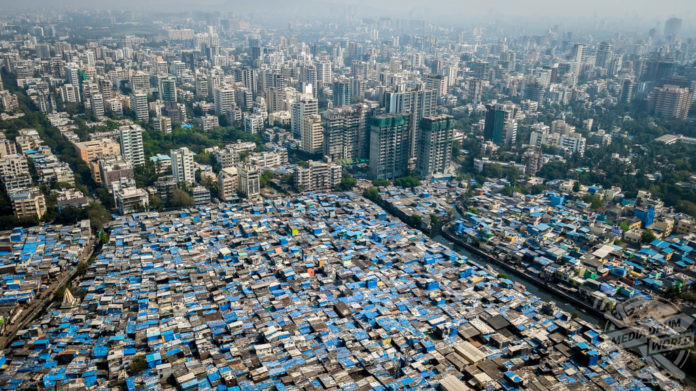By Mark McConville
AMAZING aerial images have captured the stark contrast and inequality where rich meets poor all across the world.
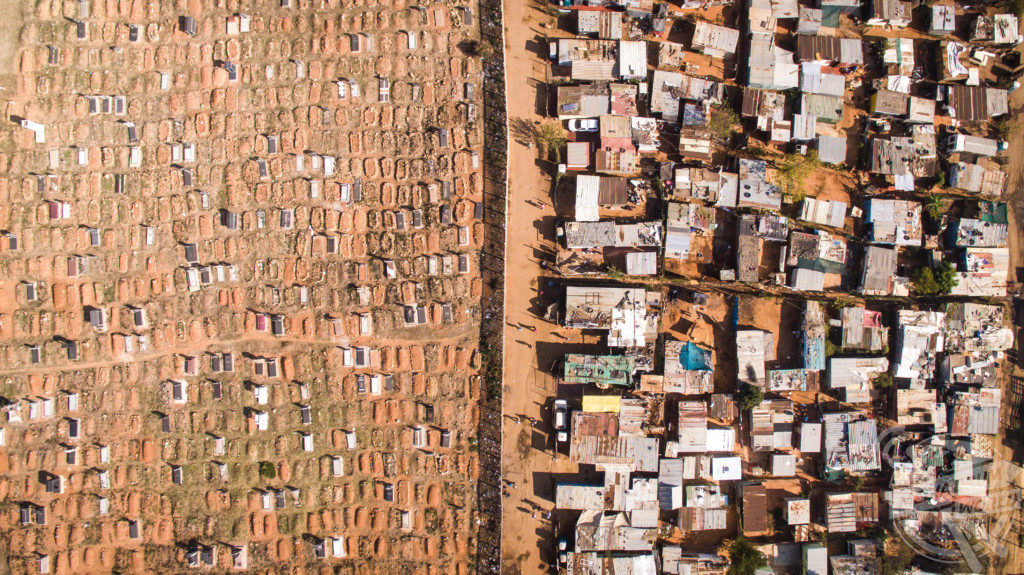
Johnny Miller / mediadrumimages.com
The spectacular bird’s eye view pictures show the landscape as an affluent area gives way onto one where people may be suffering from poverty.
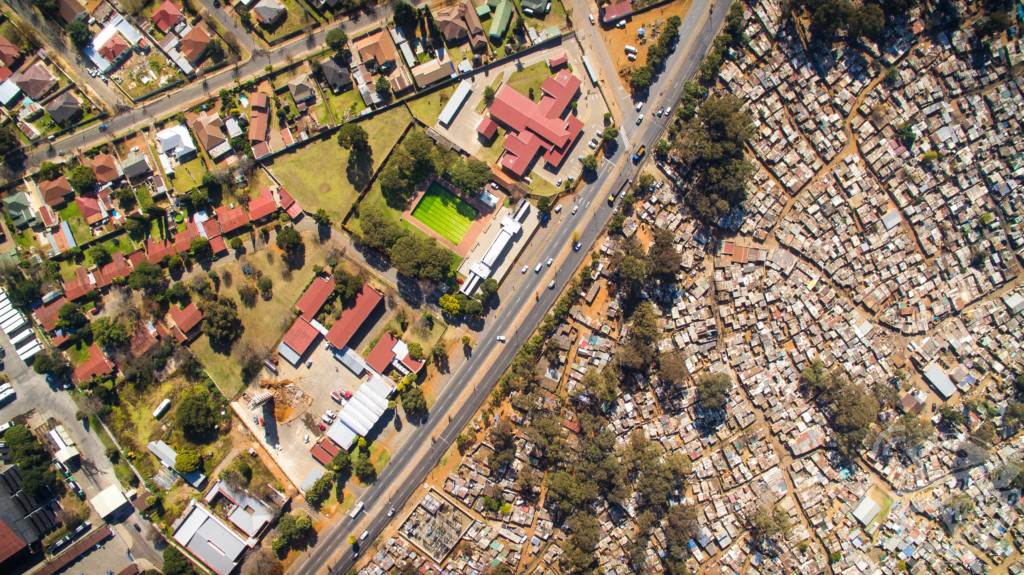
Johnny Miller / mediadrumimages.com
The stunning shots show this crossover of the rich and poor all across South Africa, Kenya, Mexico and even the USA.
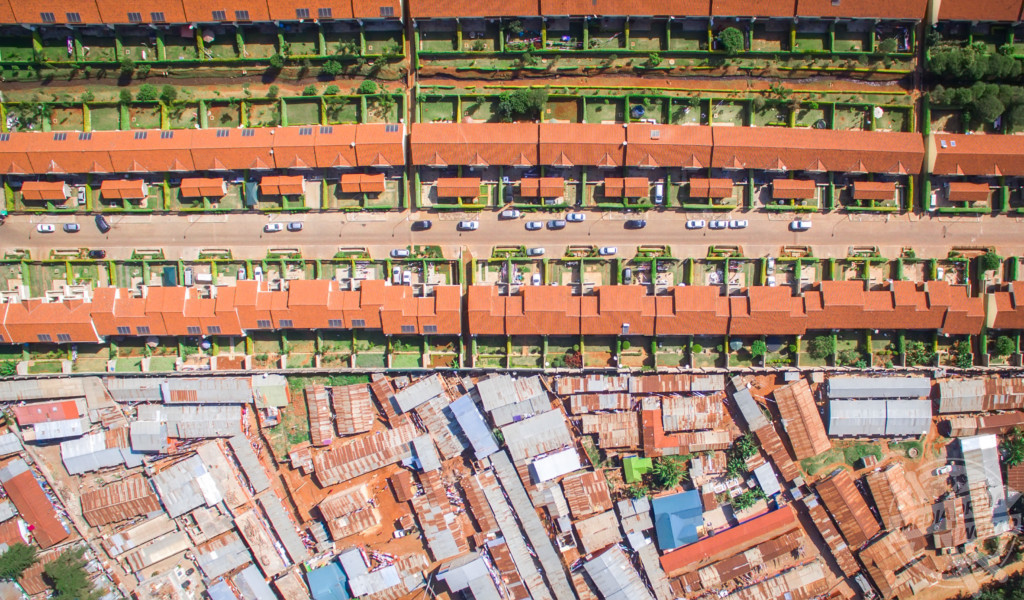
Johnny Miller / mediadrumimages.com
The remarkable photographs form of africanDRONE founder and photographer Johnny Miller’s (37) Unequal Scenes project.
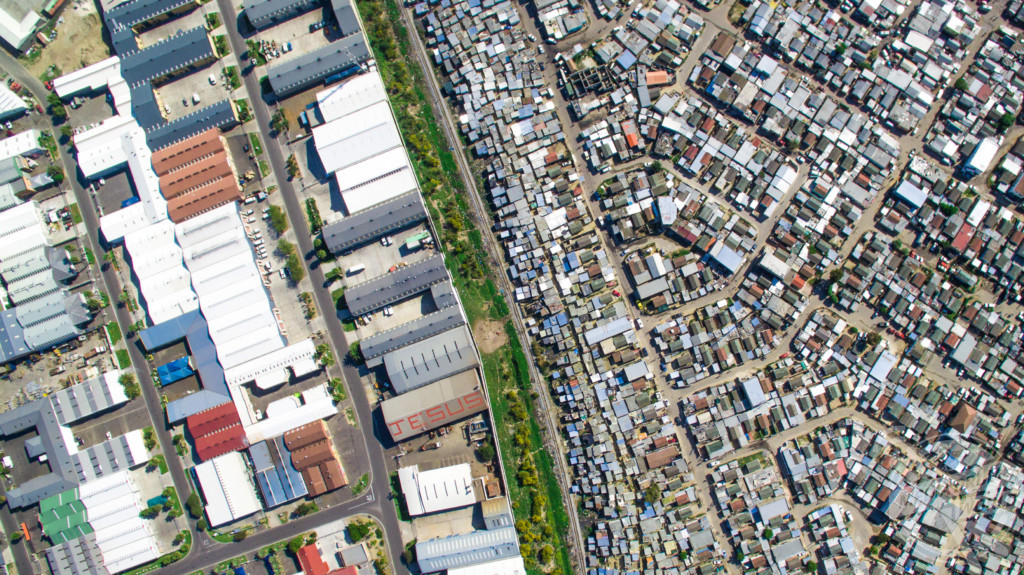
Johnny Miller / mediadrumimages.com
“When I moved to South Africa six years ago from America, inequality was impossible to ignore,” he said.
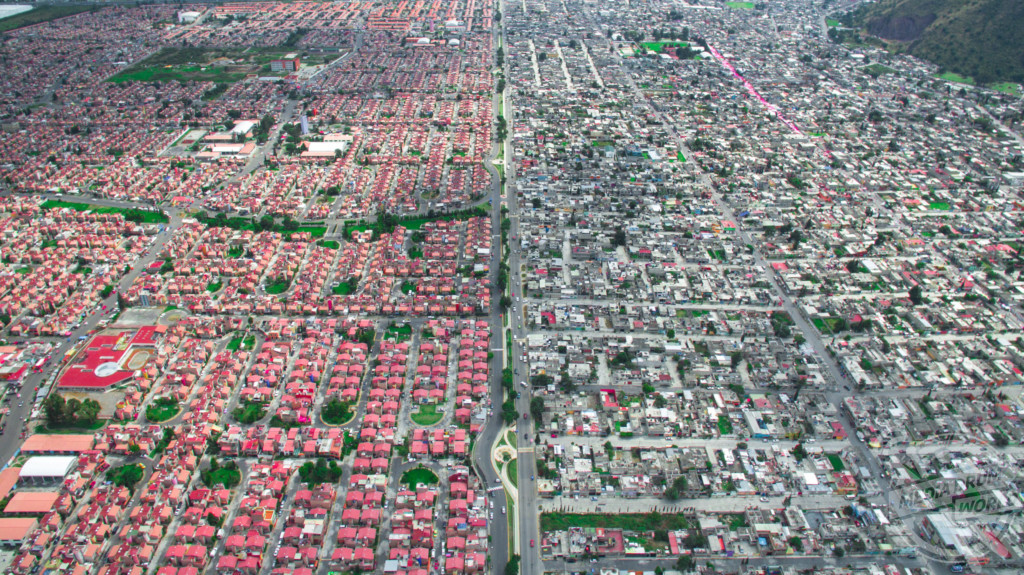
Johnny Miller / mediadrumimages.com
“From the minute you land in Cape Town, you are surrounded by shacks. Literally, tin shacks surround the airport, which you have to drive past for about 10 minutes, until you reach the more affluent suburbs where privileged people (myself included) live.
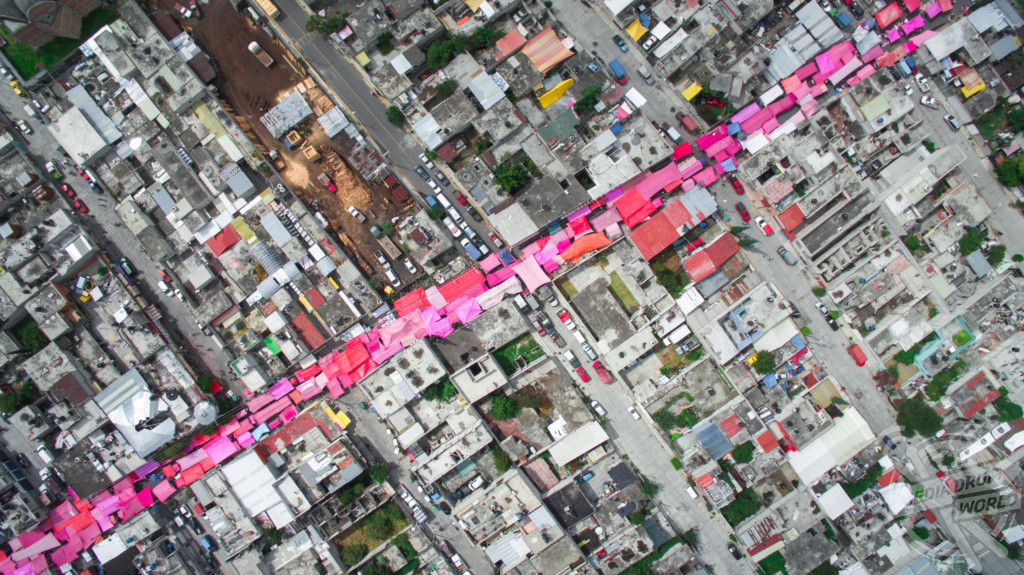
Johnny Miller / mediadrumimages.com
“This is the status quo in Cape Town, in South Africa, and in many parts of the world – but that’s a status quo that I’m not OK with. To paraphrase Barack Obama, I believe that inequality is the defining challenge of this generation.
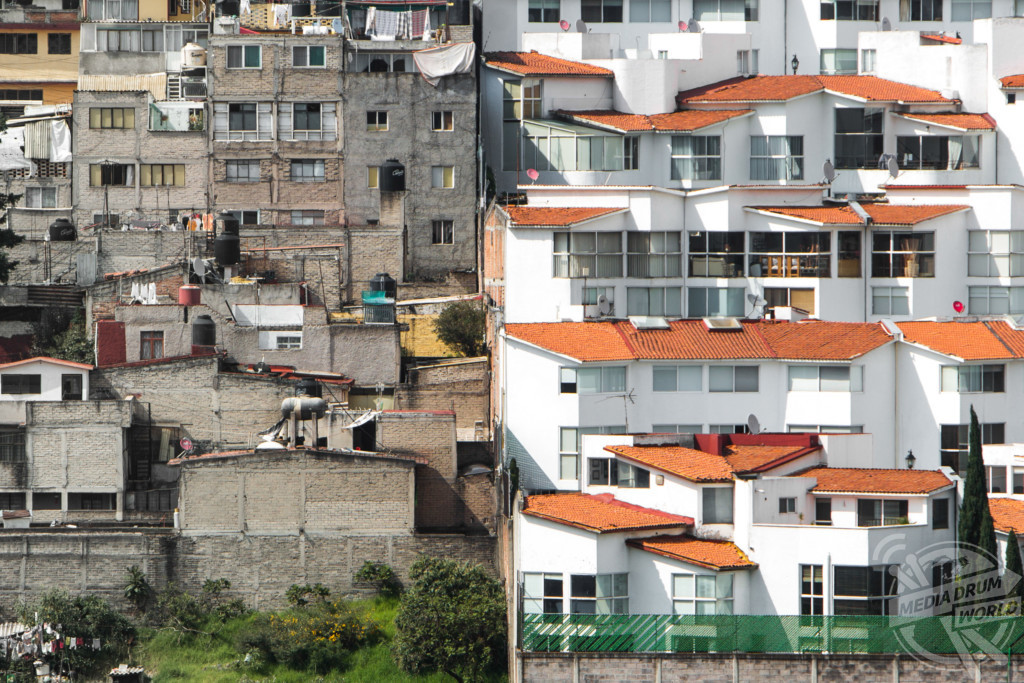
Johnny Miller / mediadrumimages.com
“But I thought it was strange how easily it was to become habituated to inequality. To drive past these shacks every day, but not really think about it, or do anything about it.
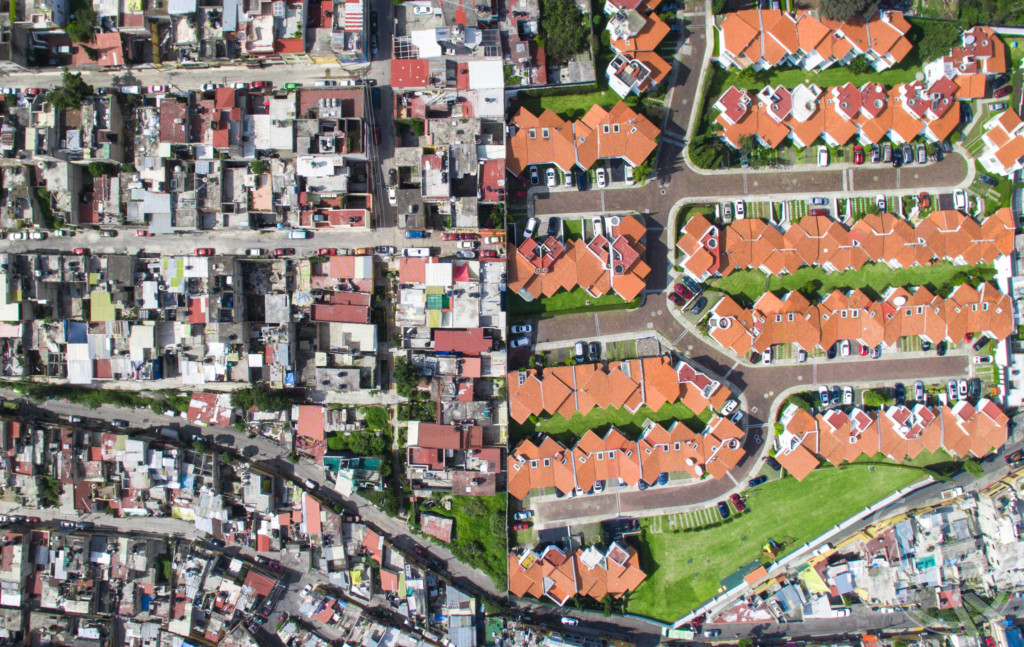
Johnny Miller / mediadrumimages.com
“So I decided to take my drone and focus on the problem – and try to change people’s perspective, literally, with an aerial view of the problem as I saw it. And one day in April 2016, I did just that – and the project was born.”
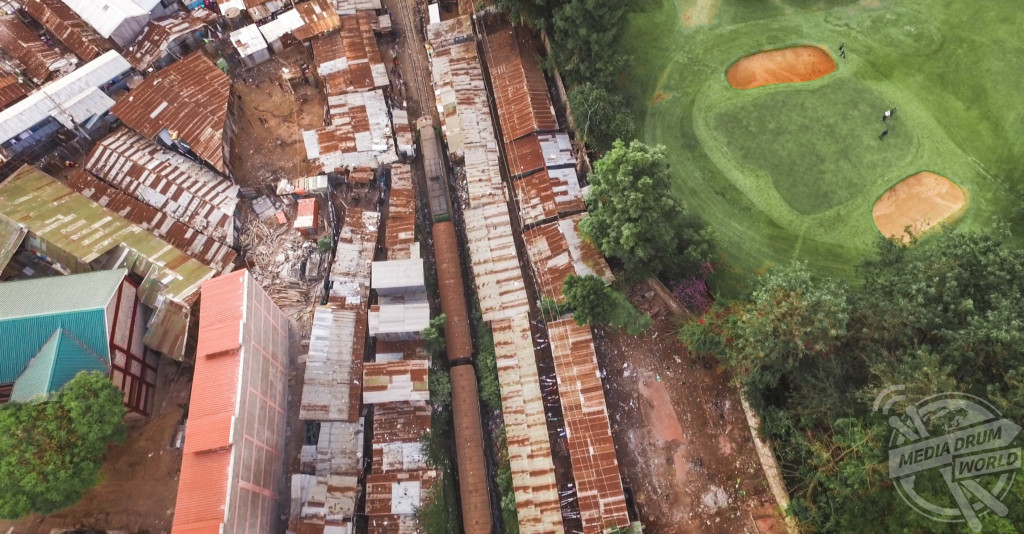
Johnny Miller / mediadrumimages.com
Miller, who used DJI drones to take these images, has seen his project internationally recognised and awarded.
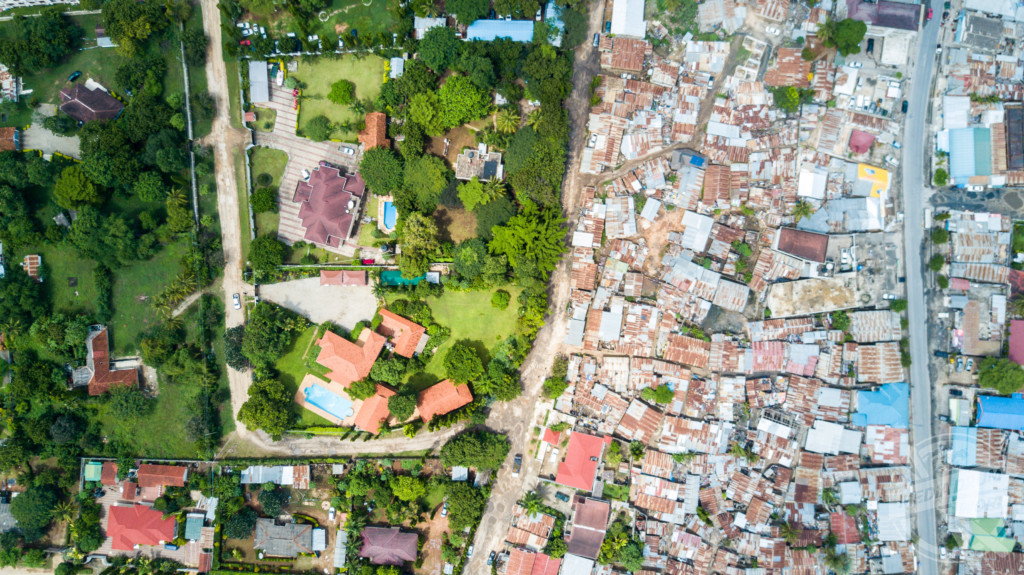
He explained what he considers to be the most powerful images in the collection and the problems he runs into while on the job.
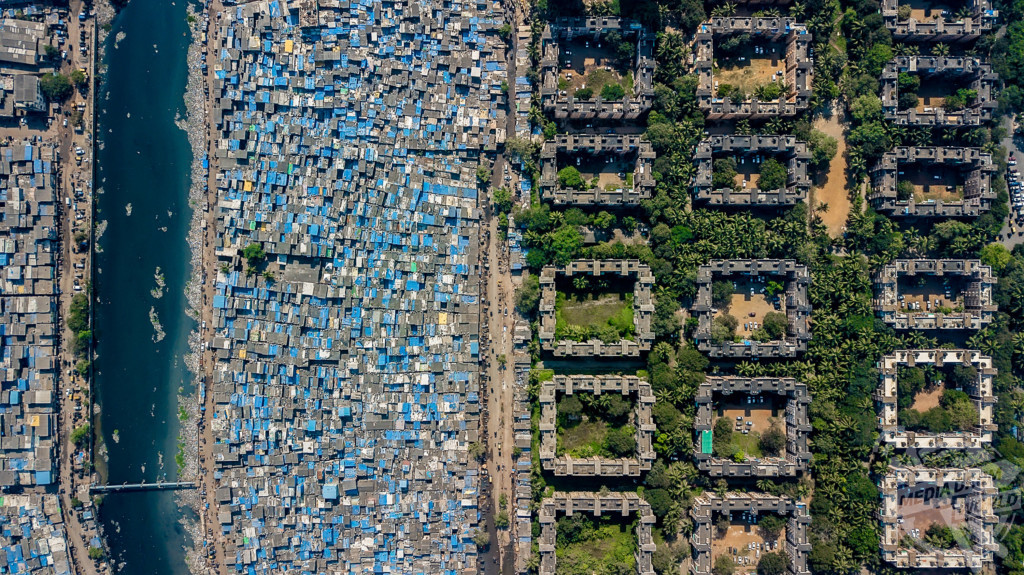
Johnny Miller / mediadrumimages.com
“The images that I find the most powerful are when the camera is looking straight down – what’s known as “nadir view”, looking at the actual borders between rich and poor,” he said.
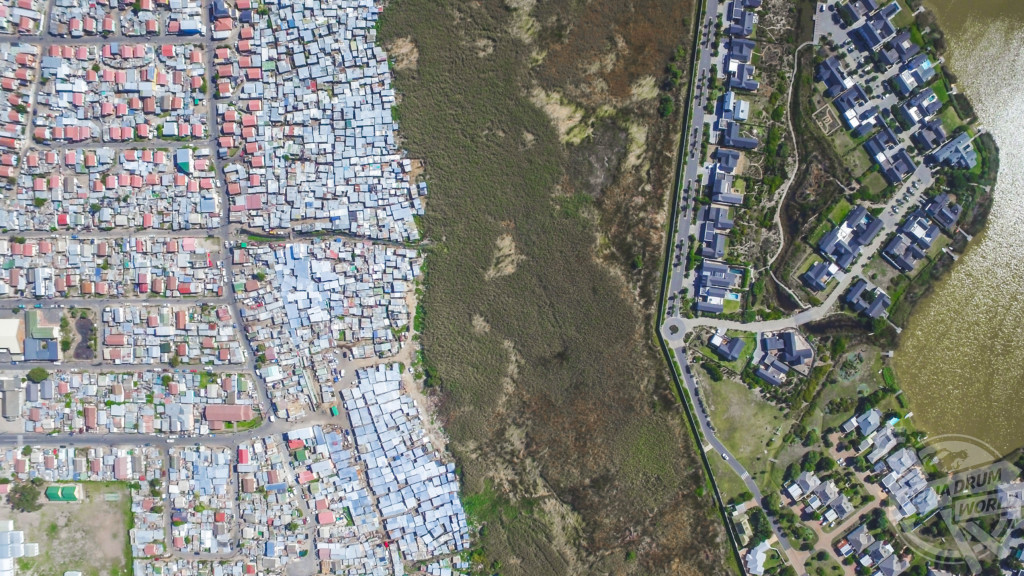
“Sometimes this is a fence, sometimes a road or a wetlands – with small shacks or poor houses on one side, and larger houses or mansions on the other. Whatever it is about the composition of those photographs, they are extremely powerful to people. I think the images make inequality relevant – people can see themselves reflected in the images, and it’s deeply unsettling.
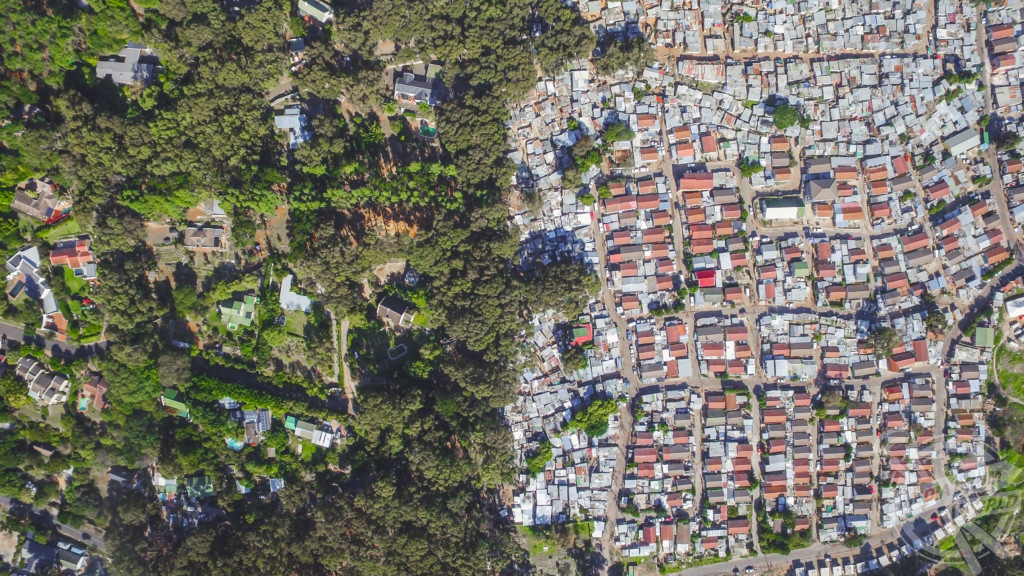
Johnny Miller / mediadrumimages.com
“Shooting in dangerous cities and informal settlements often means you are highly aware of your surrounding environment, your personal safety, and the actions you are having on the community around you.

Johnny Miller / mediadrumimages.com
“When you have official support, it can be a fun, even rousing atmosphere – like in Kibera, Kenya, where we were surrounded by dozens of people cheering at the drone rising into the sky. When you are on your own, it can be much more challenging and even scary.”
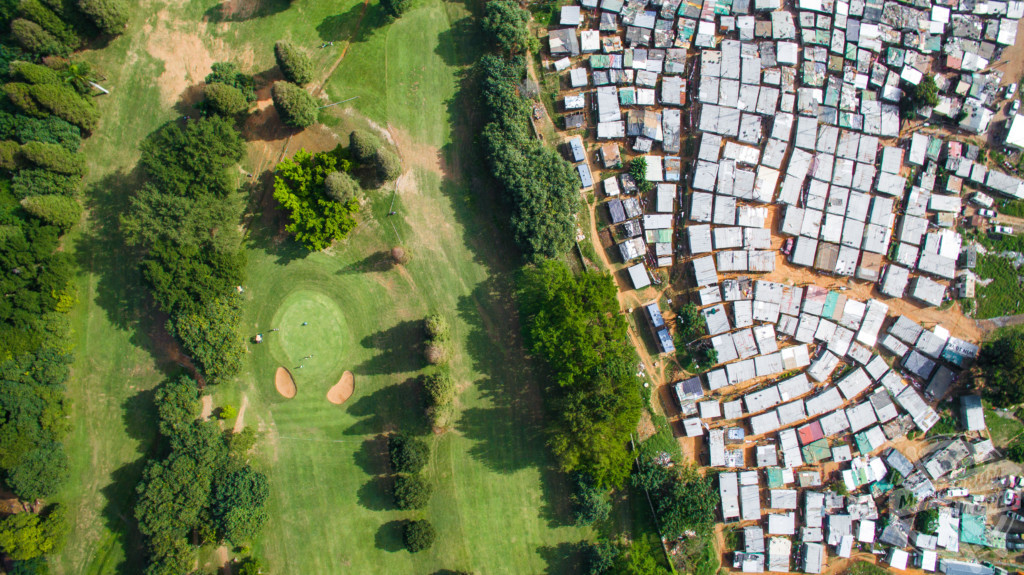
Johnny Miller / mediadrumimages.com
A lot of work goes into producing these photographs and Miller leaves no stone unturned in his quest to highlight the stark inequalities in these cities.

Johnny Miller / mediadrumimages.com
“My process of shooting these images is quite research-heavy,” he explained.
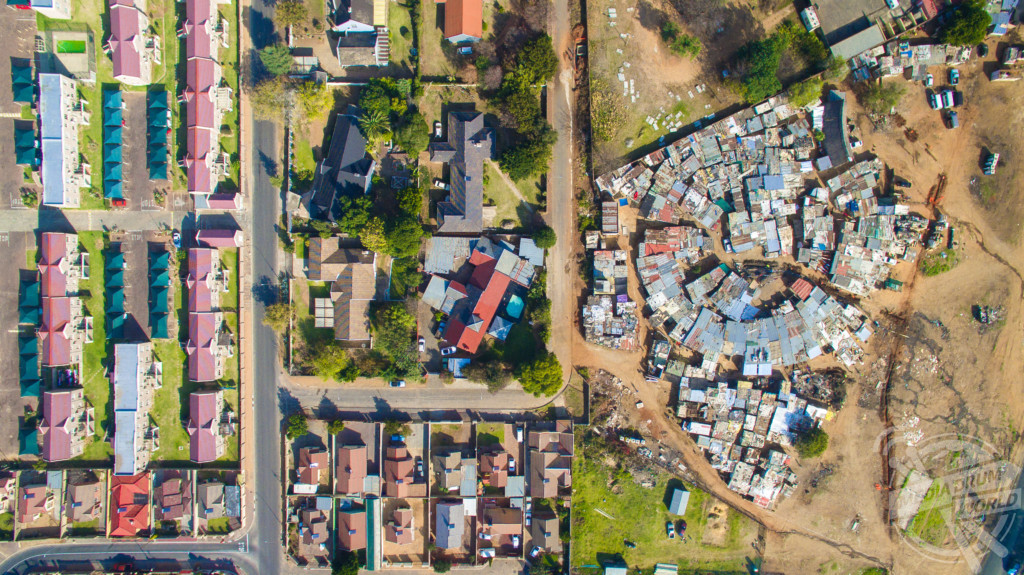
Johnny Miller / mediadrumimages.com
“I identify where to take the photographs through a variety of tools. This is a combination of census data, maps, news reports, and talking to people. In South Africa and the USA I used data tools created with Census information, for example.
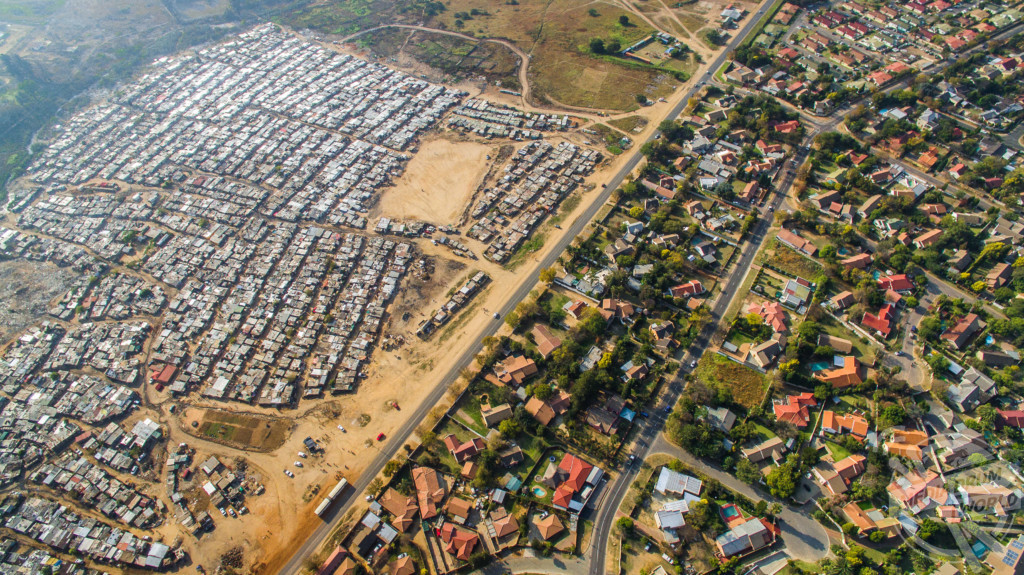
Johnny Miller / mediadrumimages.com
“In Mexico City I relied on advice from a helicopter pilot, Carlos Ruiz. In India, I used PK Das’ slum maps. So there are a variety of ways I do my research.
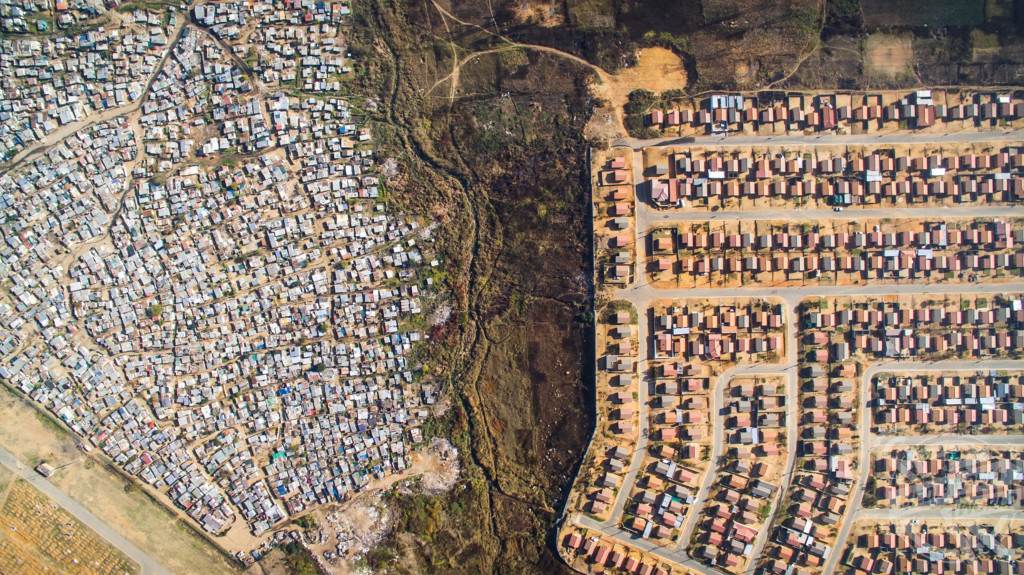
Johnny Miller / mediadrumimages.com
“Once I identify the areas I want to photograph, I visualize them on Google Earth, and try to map out a flight plan. This includes taking into account air law, air safety, personal safety, battery life, range, weather, angle, time of day, and many more factors.”

